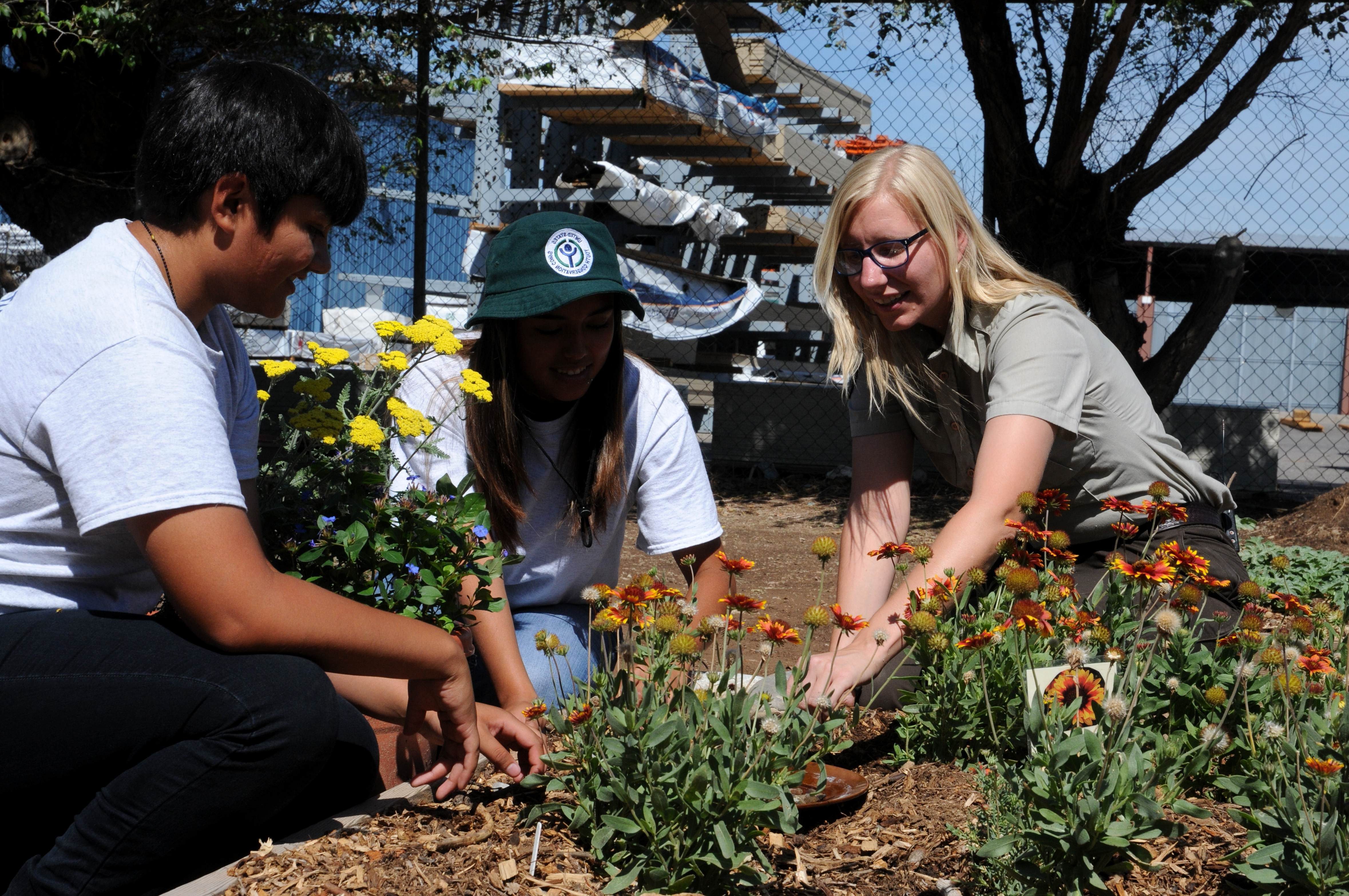Start a Thriving Community Garden Today

Start a Thriving Community Garden Today
Ever dreamed of turning that vacant lot into a lush oasis of fresh produce and friendly chatter? You're not alone, and starting a community garden could be just the ticket to transform your neighborhood into a greener, happier place. Let's dive into the whys, hows, and community gardening tips to get your urban agriculture project off the ground.
Why Start a Community Garden?
Community gardens are about more than just growing food. They're about sustainable living, creating beauty, and building relationships. Imagine your neighborhood garden as a bustling hub where people swap recipes, share stories, and learn from each other. Plus, you'll be doing Mother Earth a solid by promoting biodiversity and reducing food miles.
Getting Started: The First Steps
Gather Your Troops
First things first, you'll need a crew. Reach out to neighbors, local schools, and community centers. Check online platforms like Nextdoor or Facebook groups. You'll be surprised how many eager green thumbs are hiding right under your nose.
Scout Your Plot
Next, find your patch of earth. Keep an eye out for sunny, flat spaces with easy access to water. Vacant lots, school yards, or even rooftops can work wonders. Remember, urban agriculture is all about making the most of what you've got.
Planning Your Garden
Map It Out
Garden planning is key to a successful community garden. Sketch out your space, noting where the sun hits and where the shade falls. Plan your beds, paths, and communal spaces accordingly.
Test Your Soil
Before you start planting, get to know your dirt. Soil testing kits are cheap and easy to use. Once you know your soil's pH and nutrient levels, you can choose plants that thrive in those conditions or amend the soil to suit your dream crops.
Designing Your Space
Raised Beds or In-Ground?
Raised beds are great for controlling soil quality and preventing weed invasion. They're also more accessible for folks with mobility issues. But if funds are tight, in-ground beds can be just as productive with a little TLC.
Communal Spaces
Don't forget to include areas for people to gather, relax, and enjoy the garden. Picnic tables, benches, or even a small patio can turn your garden into a true community hub.
Planting Your Garden
Choose Your Crops
Pick plants that are easy to grow and offer a big harvest, like tomatoes, beans, and leafy greens. Don't forget flowers to attract pollinators and add a splash of color. Check out www.communitygarden.org for crop ideas tailored to your region.
Plant with a Purpose
Consider companion planting to maximize space and minimize pests. For example, planting marigolds around tomatoes can deter nematodes (microscopic worms), while basil can boost tomato growth and flavor.
Maintaining Your Garden
Water Wisely
Set up a watering schedule to keep your plants happy and healthy. Drip irrigation systems are a great way to conserve water and ensure your crops get a steady drink.
Weed and Feed
Regular weeding and mulching will keep your garden tidy and productive. Composting is also key to sustainable living. It turns kitchen scraps into nutrient-rich fertilizer, reducing waste and feeding your plants.
Engaging Your Community
Host Events
Potlucks, workshops, and garden parties are all great ways to bring people together and celebrate your shared space. The more engaged your community, the more likely your garden is to thrive.
Educate and Inspire
Share your knowledge with others, especially kids. Teach them about where food comes from, how plants grow, and why worms are a gardener's best friend. You never know what future green thumbs you might inspire.
Troubleshooting Common Issues
Pests and Diseases
Keep an eye out for unwanted critters and plant diseases. Many issues can be prevented with good garden hygiene, like rotating crops and removing dead leaves. For the rest, organic pesticides and fungicides can do the trick.
Conflict Resolution
Even in the most harmonious gardens, disagreements can arise. Establish clear rules and open lines of communication to nip conflicts in the bud. Remember, a community garden is a team effort.
Conclusion
Starting a community garden is more than just a fun hobby—it's a way to transform your neighborhood into a greener, friendlier place. With a bit of planning, some elbow grease, and a lot of love, your urban agriculture project can blossom into a true community treasure. So, what are you waiting for? Grab your gloves and let's get growing!
FAQs
Q: How do I find funding for my community garden?
A: Look for grants from local governments, non-profits, or businesses. Crowdfunding platforms can also be a great way to raise funds and awareness.
Q: What if I don't have any gardening experience?
A: No problem! Gardening is a learning process. Start with easy-to-grow plants and don't be afraid to ask for help. You'll be amazed at how quickly you pick it up.
Q: How do I deal with vandalism or theft?
A: Engage your community. The more people feel invested in the garden, the less likely they are to cause harm. Also, consider installing a fence or security lighting.
Q: What happens to the garden in the winter?
A: Winter is a great time for planning and prep. You can grow cold-hardy crops, build compost piles, or even create a winter wonderland with ice sculptures and snow art.
Q: How do I ensure the garden is accessible to everyone?
A: Design your garden with all abilities in mind. Include raised beds for those with mobility issues, braille labels for the visually impaired, and sensory plants for a truly inclusive experience.
0 Response to " Start a Thriving Community Garden Today"
Post a Comment